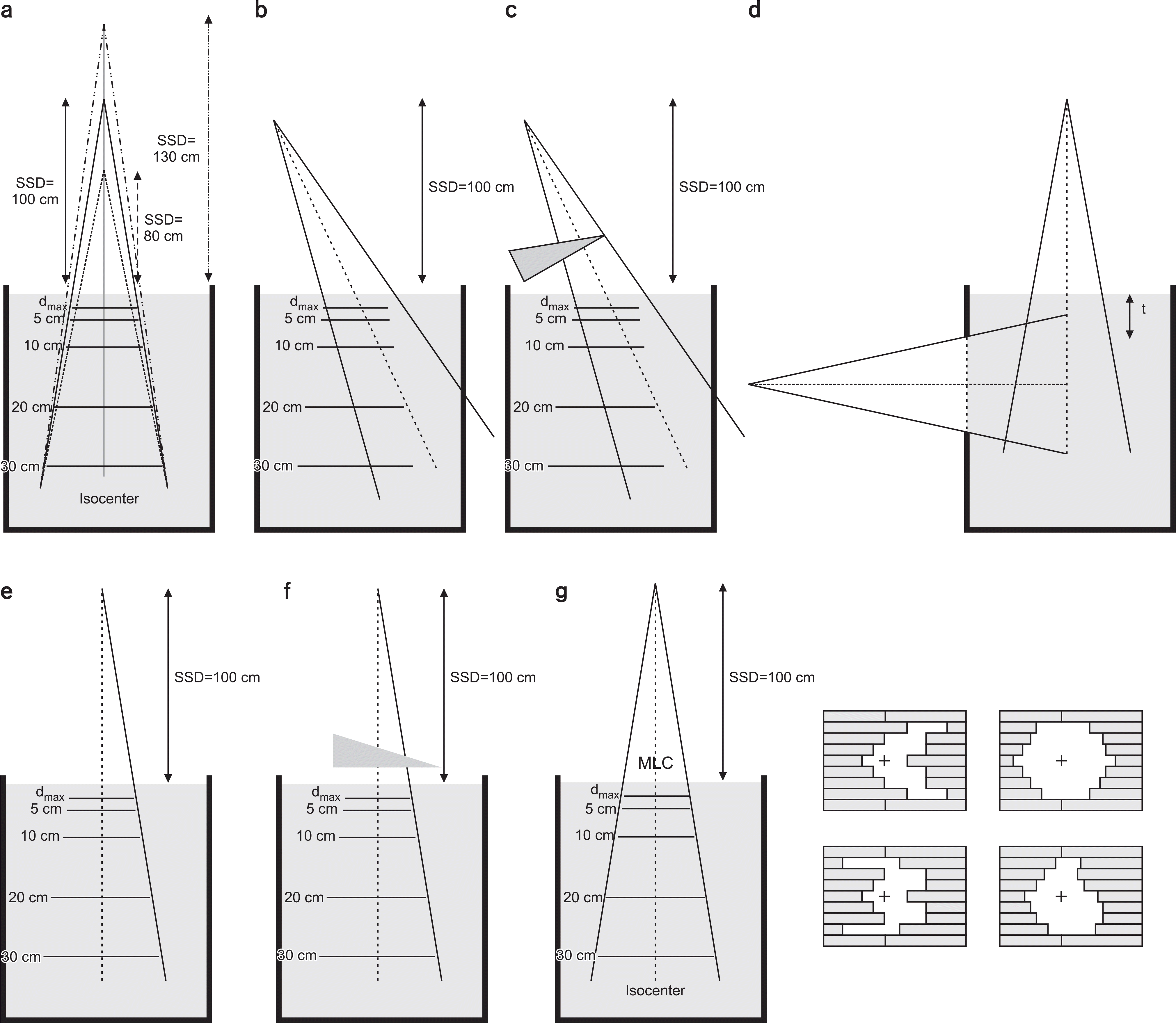Abstract
We develop guidelines for the quality assurance of radiation treatment planning systems (TPS) by comparing and reviewing recommendations from major countries and organizations, as well as by analyzing the AAPM, ESTRO, and IAEA TPS quality assurance guidelines. We establish quality assurance items for acceptance testing, commissioning, periodic testing, system management, and security, and propose methods to perform each item within acceptable standards. Acceptance includes tests of hardware and network environments, data transmission, software, and benchmarking as specified by the system supplier, and apply the IAEA classification criteria. Commissioning includes dosimetric and non-dosimetric items for assessing TPS performance by applying the AAPM classification criteria and the latest technical items from the IAEA. Periodic quality assurance tests include daily, weekly, monthly, yearly, and occasional items by applying the AAPM classification criteria. System management and security items include the state and network connectivity of TPS, periodic data backup, and data access security. The guidelines for TPS quality assurance proposed in this study will help to improve the safety and quality of radiotherapy by preventing incidents related to radiotherapy.
Go to : 
REFERENCES
1.Whosaeng: Increased radiation therapy in cancer patients. http://m.whosaeng.com/a.html?uid=94023.
2.KEIT. 2017. PD Issue report. Technology trend and industry status of radiation therapy equipment. Korea Evaluation Institute of Industrial Technology.
3.WHO. 2008. Radiotherapy risk profile. World Health.
4.RPOP. Short case histories of major accidental exposure events in radiotherapy. https://rpop.iaea.org/RPOP/RPoP/Content/InformationFor/HealthProfessionals/2_Radiotherapy/AccidentPrevention.htm.
5.IAEA. Technical Reports Series no. 430. Commissioning and quality assurance of computerized planning systems for radiation treatment of cancer. International Atomic Energy Agency, Vienna. 2004. 430.
6.ESTRO. 2004. Booklet no. 7. Quality assurance of treatment planning systems. Practical examples for non-IMRT photon beams. European Society for Radiotherapy & Oncology.
7.AAPM. 1998. Radiation Therapy Committee Task Group 53. Quality assurance for clinical radiotherapy treatment planning. American Association of Physicists in Medicine.
8.NSSC. 2015. Notification no. 2015-005. Technological standards for radiation safety of medical field. Nuclear Safety and Security Commission.
9.KSMP. AAPM Task Group 142 report. Quality assurance of medical accelerators. Korean Society of Medical Physics. 2016. 142.
Go to : 
 | Fig. 1Location of dose calculation verification (solid line: measured profile, dot line: calculated profile). |
 | Fig. 2Verification in (a) SSD variation, (b) open oblique incidence field, (c) wedged-oblique incidence field, (d) missing tissue, (e) open off-axis field, (f) wedged off-axis field, (g) MLC-shaped field. |
Table 1.
Status of acceptance test.
Table 2.
Status of non-dosimetric commissioning.
Table 3.
Status of dosimetric commissioning.
Table 4.
Status of periodic quality assurance testing.
Table 5.
Items for acceptance test.
Table 6.
Items for non-dosimetric commissioning.
Table 7.
Items for dosimetric commissioning.
Table 8.
Tolerance of assessing dose for external radiation treatment.
Table 9.
Items for periodic quality assurance test




 PDF
PDF ePub
ePub Citation
Citation Print
Print


 XML Download
XML Download